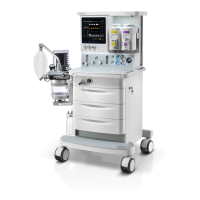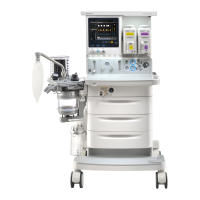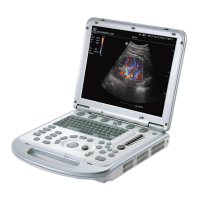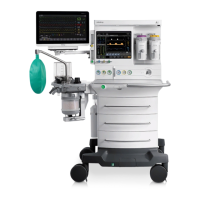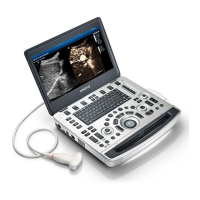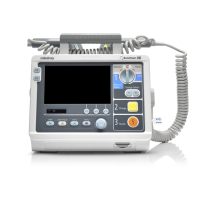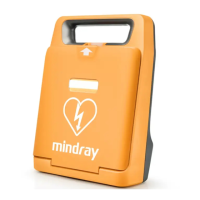9-2
9.2 Understand MAC Values
Minimum alveolar concentration (hereinafter referred to as MAC) is a basic index indicating
the depth of inhaled anesthesia. The ISO 21647 defines MAC as follows: alveolar
concentration of an inhaled anesthetic agent that, in the absence of other anesthetic agents
and at equilibrium, prevents 50% of subjects from moving in response to a standard surgical
stimulus.
The following table lists 1 MAC of various inhaled anesthetic agents.
Anesthetic agent Des Iso Enf Sev Hal N
2
O
1 MAC 7.3% 1.15% 1.7% 2.1% 0.77% 105%*
*:1 MAC nitrous oxide can only be reached in a hyperbaric chamber.
NOTE
z The data shown in this table are from ISO 21647, which are published by the U.S.
Food and Drug Administration for a healthy 40-year-old male patient.
z In actual applications, the effects of age, weight and other factors on the inhaled
anesthetic agent should be considered.
When one or more than one anesthetic agents are used, the formula for calculating MAC is:
∑
−
=
=
1
0
N
i
i
i
AgentVol
EtAgent
MAC
Where, N stands for the number of all anesthetic agents (including
N
2
O) which the AG module can measure, EtAgenti for the concentration of end-tidal
anesthetic agent and AgentVoli for the 1MAC value corresponding to the anesthetic agent.
For example, if the AG module detects 4% Des, 0.5% Hal and 50% N
2
O in the patient
end-tidal mixed gas, the MAC value is calculated as follows:
4.0% 0.5% 50%
1.67
7.3% 0.77% 105%
MAC =+ + =
NOTE
z The MAC value calculation formula is applicable to adults only.
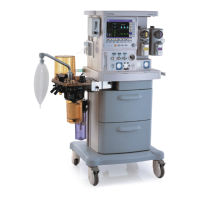
